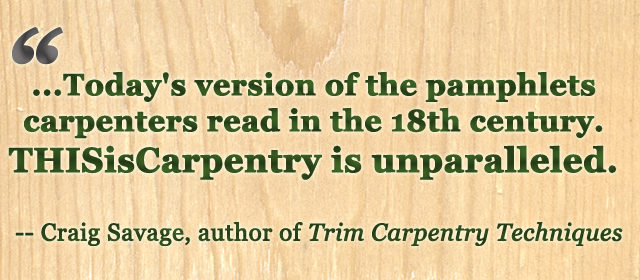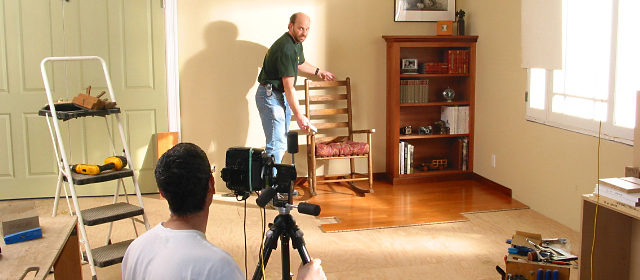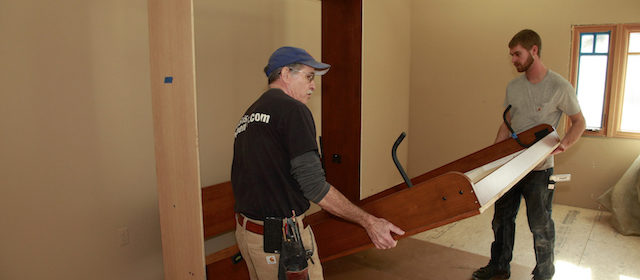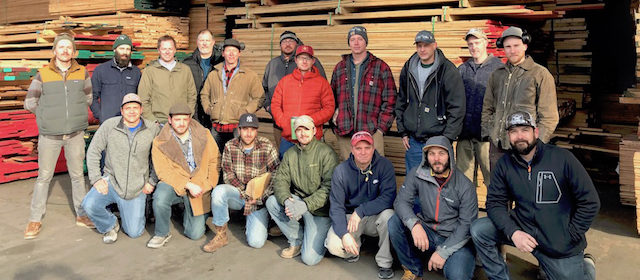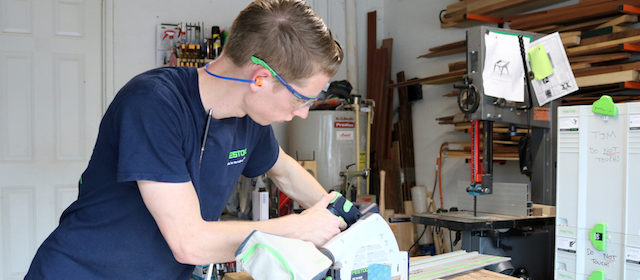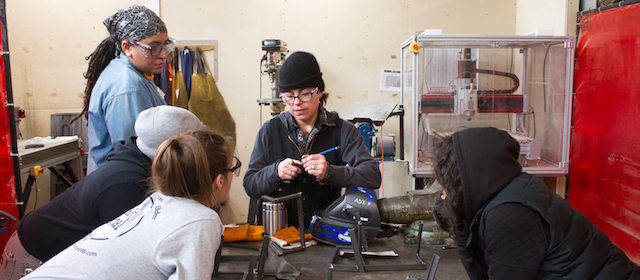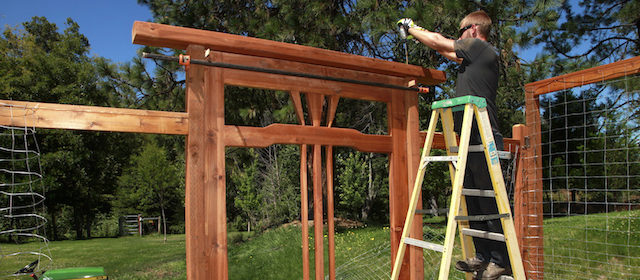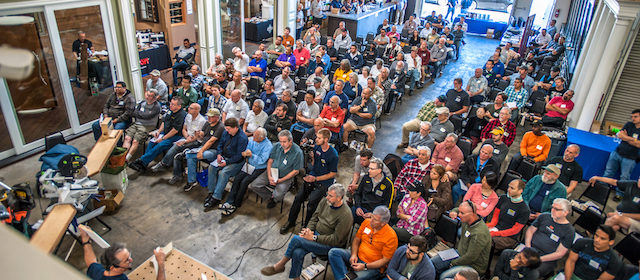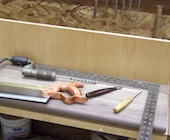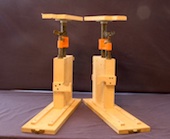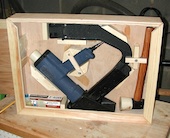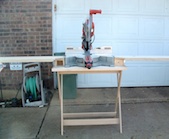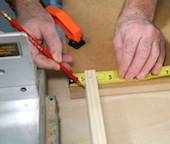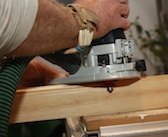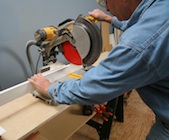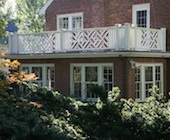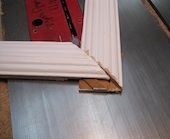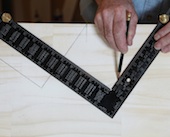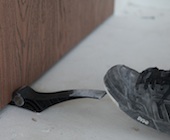Finish carpenters carry a lot of tools. In fact, we carry more tools than any other trade I know, maybe more than any two combined. Sure, plumbers carry a lot of weight, but that’s mostly pipe. We carry tools: table saws, table saw stands, outfeed tables, miter saws, miter saw stands, work tables, nail guns (at least four), drills (at least four), routers (at least four), planers, grinders, sanders, circular saws, track saws, compressors, air hoses, extension cords—and that’s just the big stuff. Then there’s the nails, screws, glue, sand paper…the list goes on and on.
You’d think that after 15 years in this business I’d hate tools, but I love them. The problem is, how to get them to the job, and how to store them so I can find them! Read the full article…





